YOUR BROWSER IS OUT-OF-DATE.
We have detected that you are using an outdated browser. Our service may not work properly for you. We recommend upgrading or switching to another browser.
Date: 28.07.2023 Category: science/research/innovation
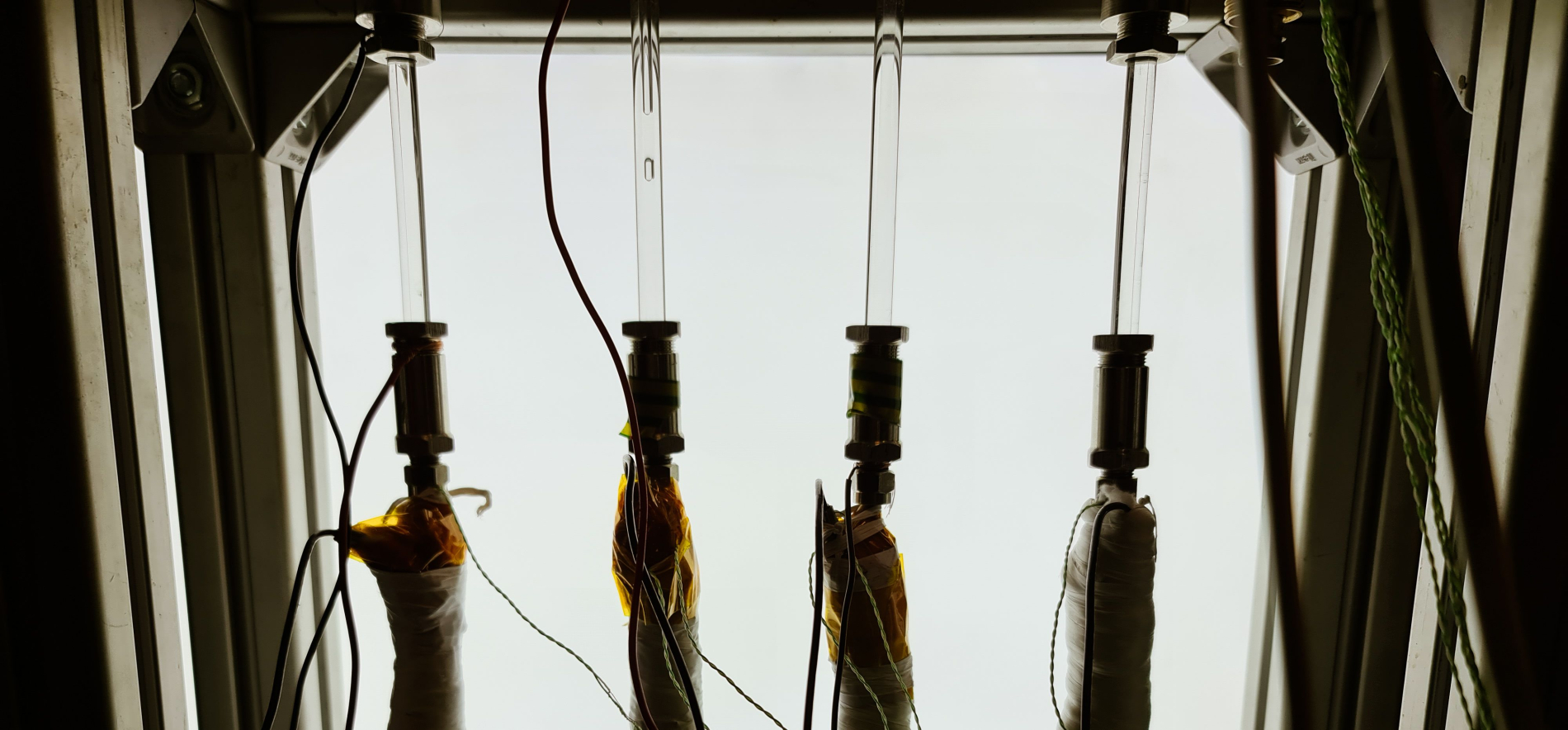
Work is underway on a device to cool instruments used in satellites. It is expected to use so-called pulsating heat pipes and weigh significantly less than current solutions transported above the Earth. The prototypes will be prepared by a consortium of two Polish companies and a team of researchers from Wroclaw Tech’s Faculty of Mechanical and Power Engineering.
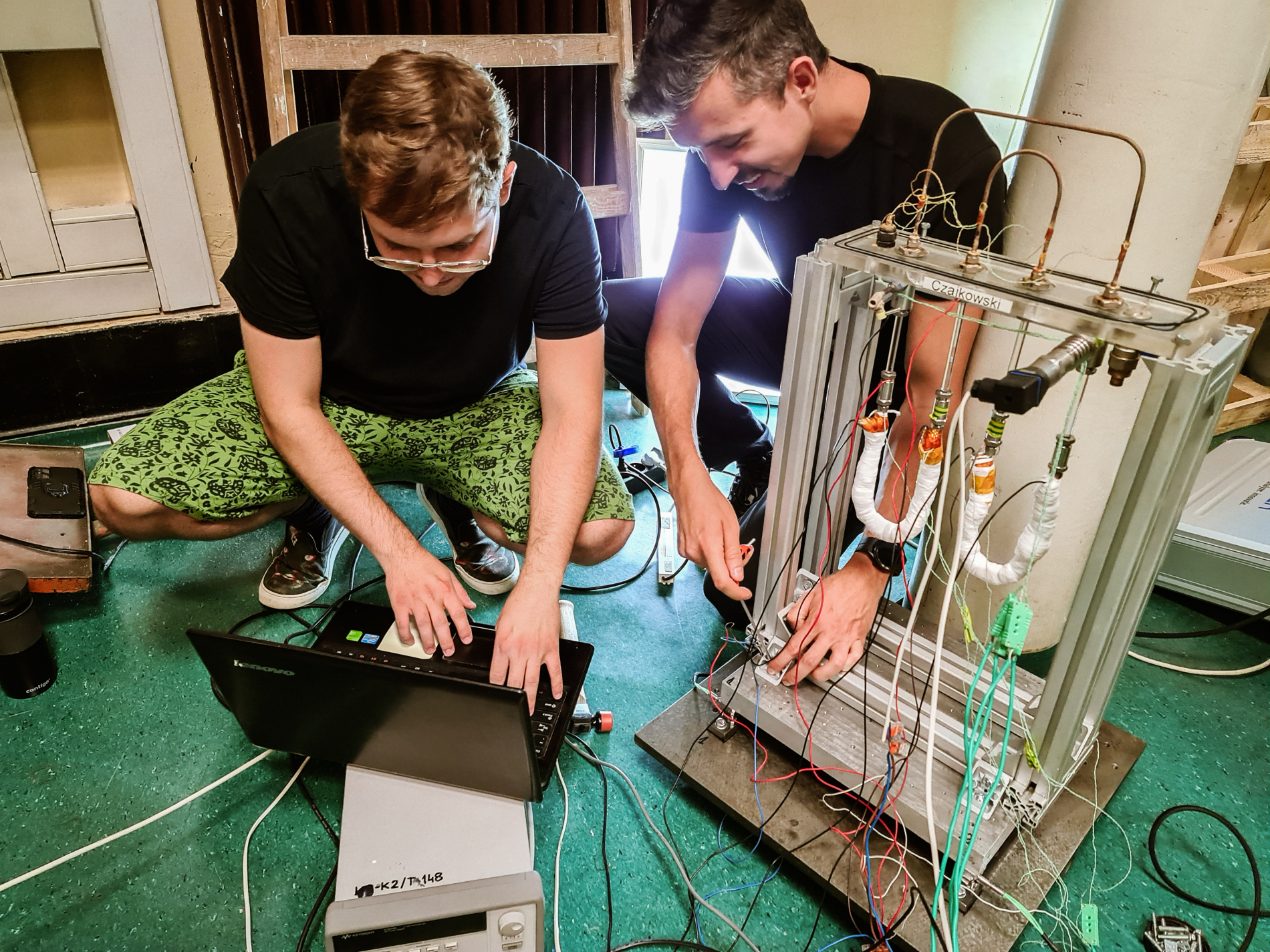 Pulsating heat pipes, known as PHP are a solution that has already proven itself on Earth in receiving heat streams, i.e. cooling various types of apparatus and equipment in environments such as industrial facilities. For several years now, the prospects for their use have been tested in the space industry, e.g. by the Japanese National Space Agency (JAXA), which has proven their efficiency in transporting heat streams in microgravity.
Pulsating heat pipes, known as PHP are a solution that has already proven itself on Earth in receiving heat streams, i.e. cooling various types of apparatus and equipment in environments such as industrial facilities. For several years now, the prospects for their use have been tested in the space industry, e.g. by the Japanese National Space Agency (JAXA), which has proven their efficiency in transporting heat streams in microgravity.
PHPs arouse such interest because, as explained by Professor of the University Sławomir Pietrowicz, PhD, DSc, Eng., from the Faculty of Mechanical and Power Engineering, they are pipes with “super properties”.
“They are very effective. Just less than a glass of the so-called working medium, e.g. water, ethanol, or acetone, inside pulsating heat pipes is enough to take a really large amount of heat away from a device whose temperature has increased. A pulsating heat pipe’s conductivity is over 150 times better than that of pure copper, which is a very good conductor of heat,” the scientist points out.
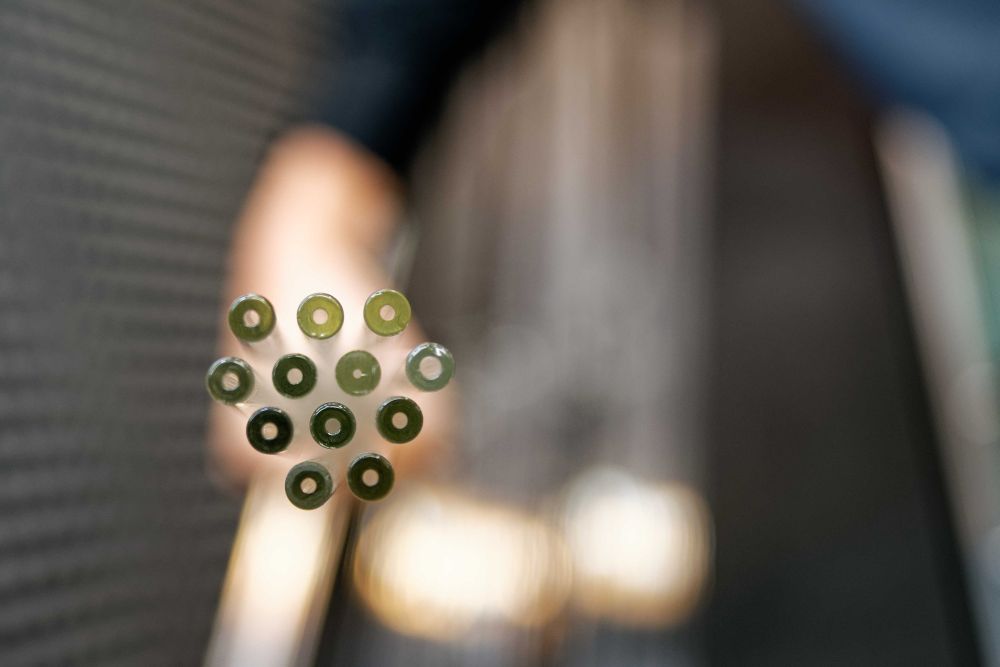 A PHP is a capillary, i.e. a very thin tube, bent into a “U” shape. It can be made from any material – glass, copper, or other metal, as required. A factor of key importance is the size of its internal cross-section, which makes the so-called capillary phenomena occur. This means that the vapour bubbles formed inside force the flow from the hot part to the cold part, which happens in a pulsatile, i.e. cyclical, manner.
A PHP is a capillary, i.e. a very thin tube, bent into a “U” shape. It can be made from any material – glass, copper, or other metal, as required. A factor of key importance is the size of its internal cross-section, which makes the so-called capillary phenomena occur. This means that the vapour bubbles formed inside force the flow from the hot part to the cold part, which happens in a pulsatile, i.e. cyclical, manner.
Low weight, small size, high flexibility in terms of geometry, as well as high heat transfer efficiency and the ability to transport heat over long distances are properties that seem to make pulsating heat pipes ideal for the space industry.
That is why the European Space Agency (ESA) has decided to fund a two-year project aiming to test whether and to what extent the pulsation of the liquid in a PHP can cause micro-vibrations, which is of great importance for instruments being launched into space, especially in terms of the impact on flight stability.
“Imagine, for example, that such pipes cause micro-vibrations significant enough to make the equipment fitted in the satellite next to them, such as a camera, vibrate. It would result in image distortion,” explains Mateusz Przeliorz, Project Manager at KP Labs. “It’s therefore necessary to determine how big these micro-vibrations can be or develop solutions to minimise them.”
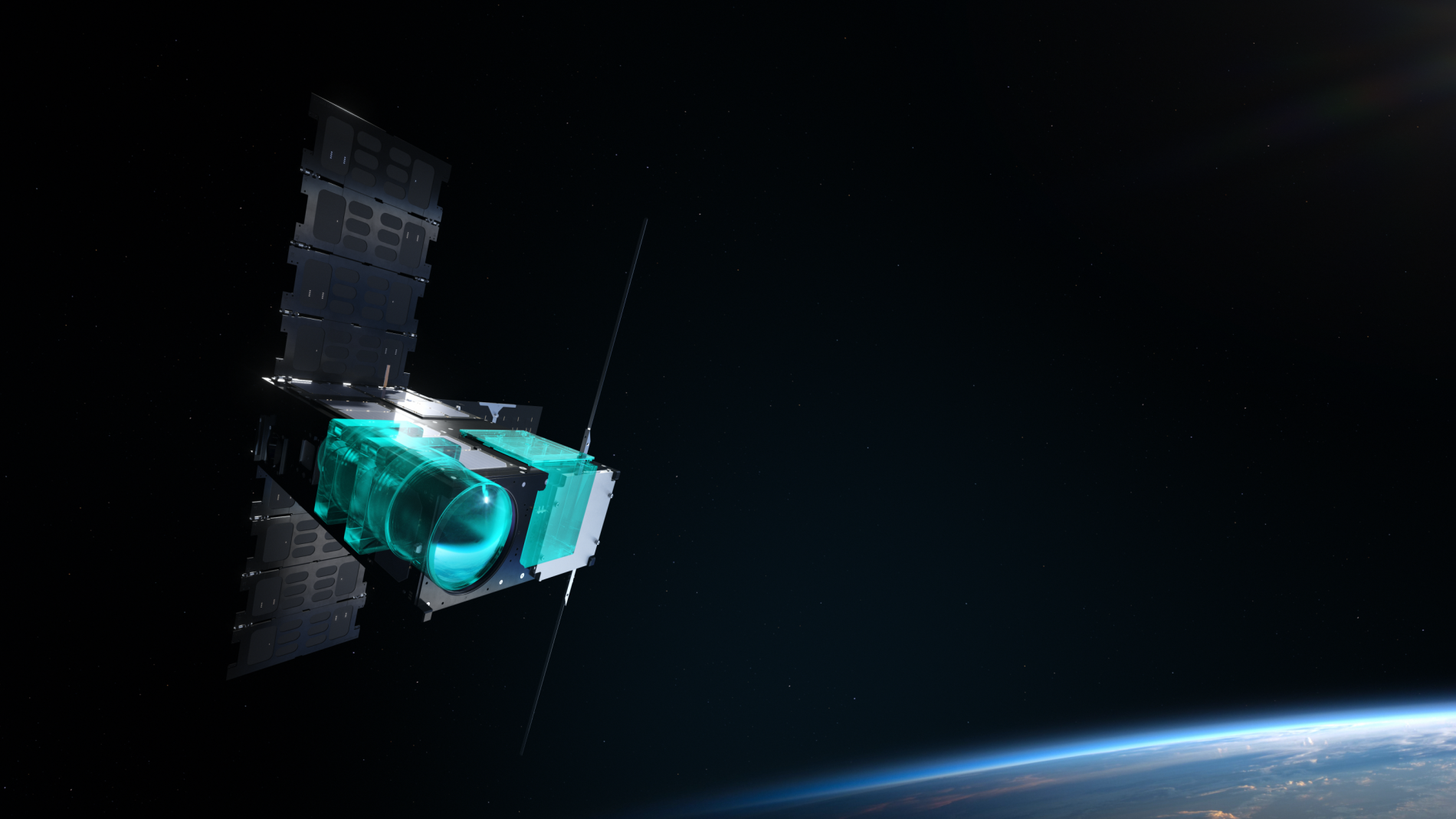
The task was undertaken by Gliwice’s KP Labs company (as project leader*), which specialises in developing solutions such as data processing units, machine learning algorithms, and software for processing enormous amounts of data collected on board a satellite, and Adaptronics – a company originating from the Institute of Fundamental Problems of Technology of the Polish Academy of Sciences and concerned with so-called smart technologies, including those related to vibration damping.
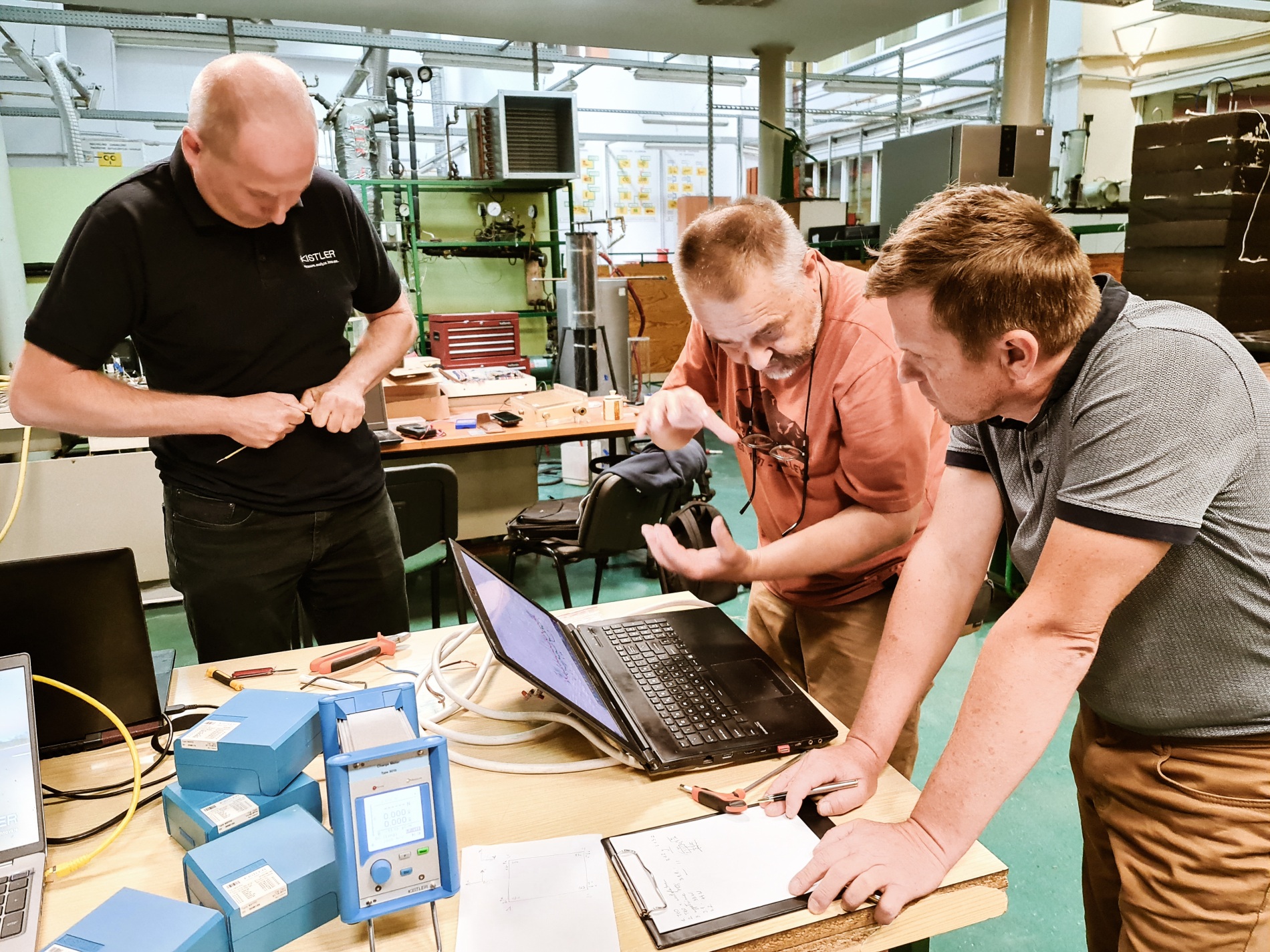 The consortium also includes scientists from Wrocław University of Science and Technology – the team headed by Prof. Pietrowicz from the Department of Thermodynamics and Renewable Energy. The researchers are responsible for the numerical calculations using advanced mathematical models that will be used to determine the parameters of the planned devices for removing heat from satellites’ instruments, as well as part of the testing of the prototypes designed.
The consortium also includes scientists from Wrocław University of Science and Technology – the team headed by Prof. Pietrowicz from the Department of Thermodynamics and Renewable Energy. The researchers are responsible for the numerical calculations using advanced mathematical models that will be used to determine the parameters of the planned devices for removing heat from satellites’ instruments, as well as part of the testing of the prototypes designed.
“Together, we will make two devices to receive approximately 200 W and 30 W of heat. This may not seem like much, but it’s important to remember that we’re talking about devices that need to be efficient and failure-free in space, which is a completely different and much more demanding environment than Earth,” emphasises Prof. Pietrowicz.
The researcher explains that all the heat generated inside a satellite must be transported outside, i.e. into space.
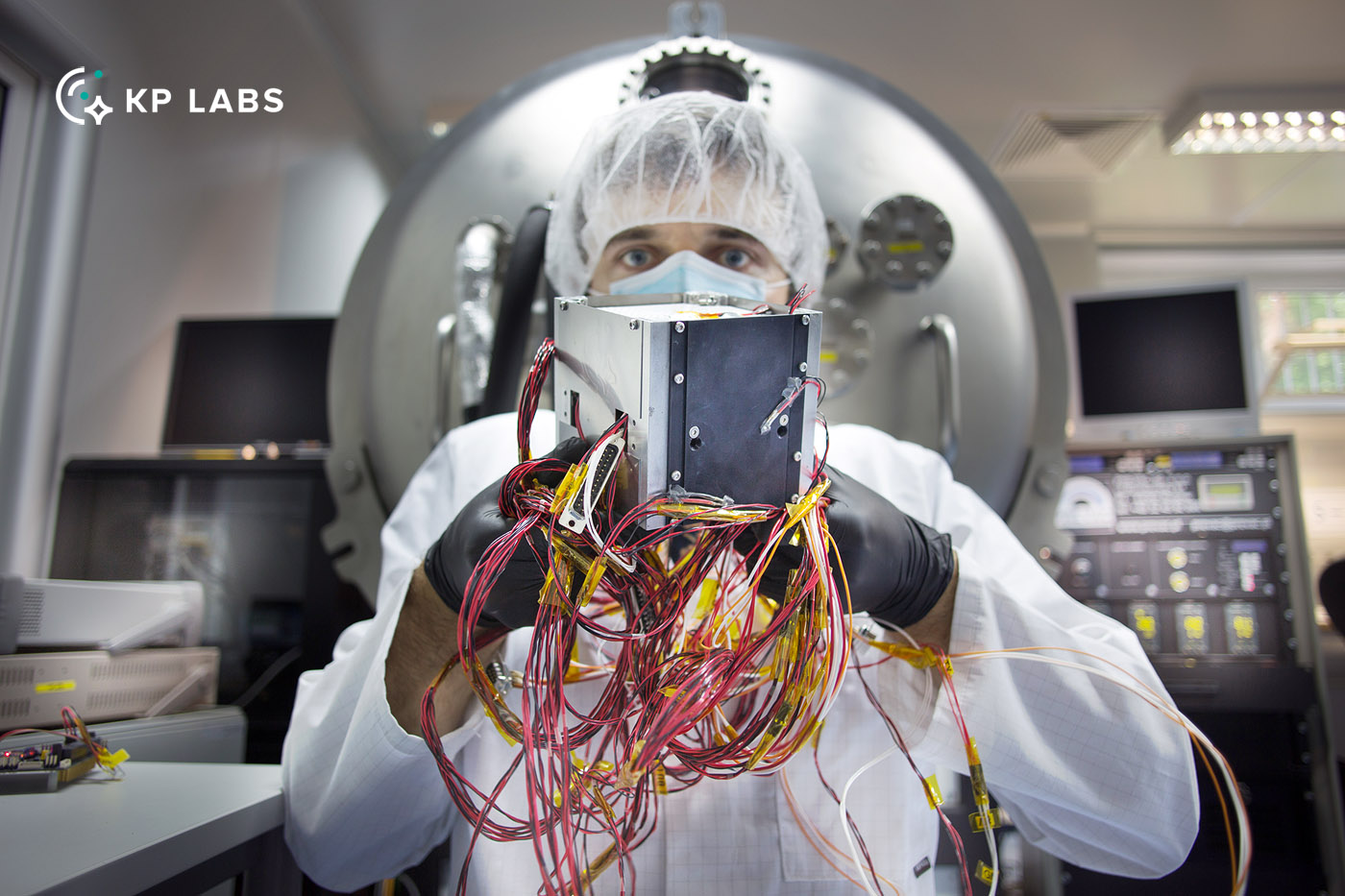
“We can’t make use of convective motion, as it doesn’t occur without the Earth's atmosphere, so we use the only heat transfer mechanism available in this case, i.e. radiation. What it boils down to is that the heat generated by this densely packed instrumentation inside a satellite is fed out into the enclosure, where it’s radiated to space, or to put it simply: the enclosure is heated, and space absorbs the heat. Our task is to develop a well-thought-out and well-planned system to dissipate heat from the elements that heat up into the satellite enclosure,” he explains.
The prototypes to be developed by the consortium (devices for cooling the antenna and special detectors) will be tested several times, including in a thermal vacuum chamber. They will be built under the close supervision of the funding body, the European Space Agency. The consortium partners have committed that the devices will be in line with TRL-4 technology standards, i.e. their operation will be verified in a near-real environment.
The project has already begun – the participants are currently at the first stage of work, which involves defining the requirements for the devices, based, among other things, on the research results described in the scientific literature to date.
*Funded by the European Space Agency, the project is called “Micro-G Disturbance Characterisation And Mitigation In Pulsating Heat Pipes (PHP)”.
At Wrocław University of Science and Technology, the project team comprises Professor of the University Sławomir Pietrowicz, PhD, DSc, Eng., Cezary Czajkowski, PhD, Eng., Przemyslaw Błasiak, PhD, Eng., Marek Lewkowicz, PhD, Andrzej I. Nowak, PhD, Eng., and doctoral student Marcin Opalski, MSc, Eng.
Our site uses cookies. By continuing to browse the site you agree to our use of cookies in accordance with current browser settings. You can change at any time.